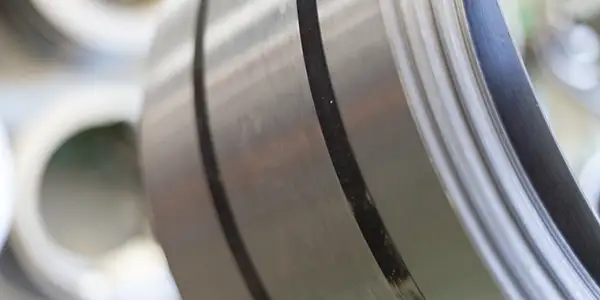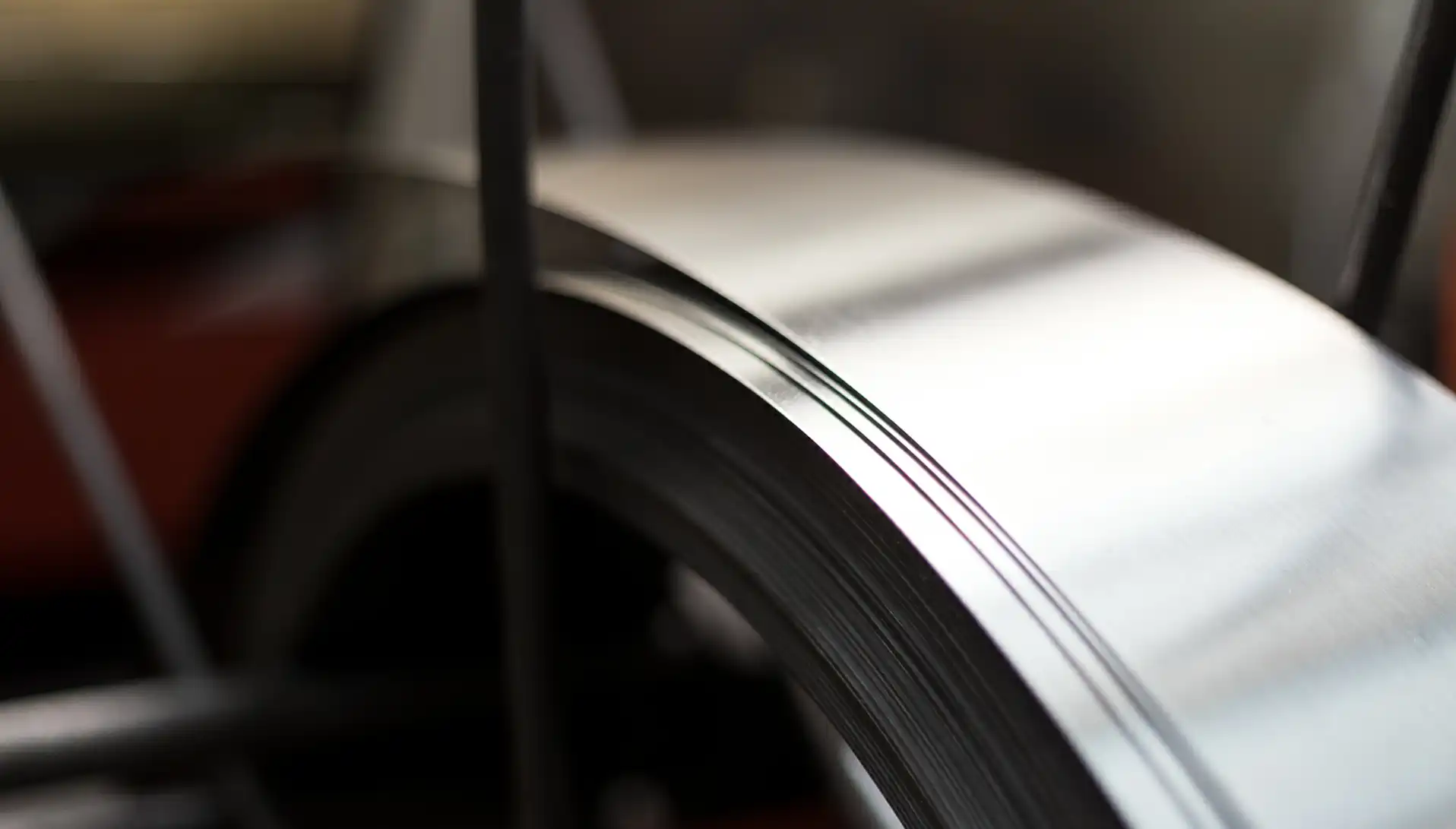301 is an austenitic stainless steel
This steel offers a high strength and ductility and can be easily welded.
301 steel falls within BS EN10151, this grade is also known as X10CrNi18-8 or 1.4310 stainless steel.
Typical 301 Stainless Steel applications
301 Stainless Steel is widely used for manufacturing components, springs and formed parts without the need for heat treatments, also used in the printing and food industries, and for applications where the steel comes into contact with water.
Type 301 Spring steel is only mildly magnetic and can not be held by magnetic tables of grinding machines.
Some common examples include:
Automotive industry: Automobile trim, wheel covers, and structural components.
Rail and transportation: Railcar structural components, shims etc.
Manufacturing and engineering: Springs, gaskets, shims, scrapers, fasteners, tools, blades, feeler gauges.
Construction: Architectural elements and roof drainage systems.
Food and beverage industry: Kitchen equipment, utensils, tableware, and some processing equipment.
Packaging industry: Tray sealer knives, form fill knives, VFF and HFF knives, cardboard cutter and tape knives.
Medical and dental: Dental and medical instruments, as well as implants.
BSS 301 Stainless Steel Stock range
301 Stainless Steel Chemical Composition
301 Stainless Steel
Silicon – 2% max
Manganese – 2% max
Phosphorous – 0.045% max
Sulphur – 0.015% max
Chromium – 16% – 18%
Nickel – 6% – 8%
301 Equivalent Grades
CORE 301
X10CrNi18-8
DIN17224
EN / Werkstoff Nr. 1.4310
LMSA D100
SUS 301
Key properties of 301 stainless steel
- Corrosion resistance: 301 stainless steel exhibits good corrosion resistance in mildly corrosive environments, including exposure to the atmosphere and various chemicals. However, it may show reduced resistance in more aggressive conditions or in the heat-affected zones after welding or laser-cutting, due to chromium carbide precipitation. It’s crucial to note that 301 is not as corrosion resistant as higher-grade stainless steels like 316, especially in harsh or chloride-rich environments
- Strength and ductility: 301 stainless steel boasts high strength, especially when cold worked. It offers excellent ductility, allowing it to be readily formed, drawn, and welded. It’s important to be aware that severe forming or multiple operations might require intermediate annealing due to its high work-hardening rate.
- Work hardening: 301 exhibits a high rate of work hardening, enabling the production of thin strip and wire with very high strength. This feature makes it particularly suitable for applications requiring “springiness”.
- Weldability: 301 is readily weldable. The low carbon variant, 301L, is specifically designed to minimize carbide precipitation during welding, enhancing corrosion resistance in the welded areas.
- Magnetism: 301 stainless steel is non-magnetic in its annealed state but can become slightly magnetic after cold working.







